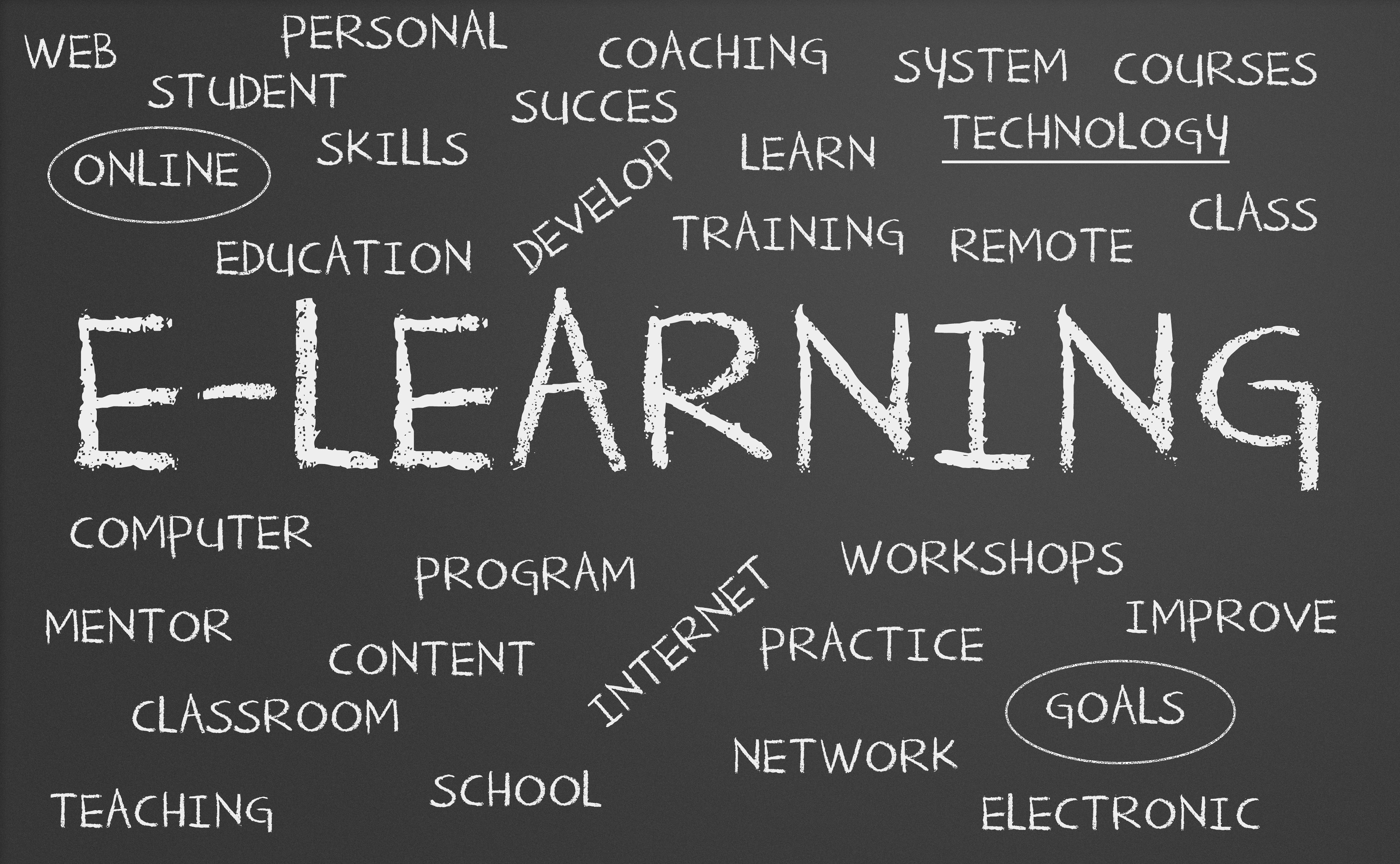As organizations continue to adapt to the rapidly changing workplace, the future of learning is being redefined by hybrid and remote learning models. These approaches are no longer temporary solutions but permanent strategies for talent development and workforce engagement.
The Rise of Hybrid and Remote Learning Models
Hybrid and remote learning models transform how organizations develop talent by offering flexible, on-demand learning opportunities catering to diverse employee needs. This shift allows companies to reach a wider audience, ensuring that employees, regardless of location, can access the training and development resources needed to succeed.
However, this evolution also comes with challenges. The need to create engaging, effective learning experiences in a distributed environment has pushed organizations to rethink their traditional methods. Face-to-face training sessions, once the norm, are being replaced or supplemented by virtual platforms and blended learning approaches that balance in-person and online engagement.
Key Strategies for Success
To maximize the impact of hybrid and remote learning models, organizations can implement several strategies to ensure effective and engaging training:
- Leverage Technology for Interactive Learning:
Incorporating interactive elements such as live webinars, virtual breakout sessions, and collaborative tools can make online training more engaging. Utilizing Learning Management Systems (LMS) that allow for real-time feedback and assessments also helps keep learners connected and accountable.
2. Personalized Learning Paths:
Remote and hybrid environments offer the flexibility to tailor learning experiences to individual needs. Creating personalized learning paths based on an employee’s role, skills, and career aspirations can drive motivation and foster continuous growth.
3. Emphasize Communication and Collaboration:
In a distributed workforce, maintaining a sense of community is essential. Encouraging team-based learning, peer-to-peer mentoring, and regular check-ins helps build relationships and keeps employees engaged in the learning process.
4. Focus on Micro-learning:
With the increasing demand for flexible and concise learning, microlearning (short, focused lessons) offers employees bite-sized content that fits seamlessly into their workday. This approach boosts retention and allows employees to immediately apply what they’ve learned.
5. Blended Learning Approaches:
Combining virtual and in-person learning can enhance the learning experience. For example, using in-person sessions for hands-on skills development and virtual platforms for theoretical knowledge provides a holistic learning experience while accommodating different learning preferences.
Preparing for the Future
As hybrid and remote work environments become the norm, the future of learning will continue to evolve. Organizations that embrace flexible, learner-centered models will be well-positioned to develop talent that is agile, adaptable, and ready to meet the challenges of tomorrow.
By leveraging technology, fostering collaboration, and focusing on personalization, companies can create learning environments that not only engage employees but also drive performance and organizational success.
Conclusion
The future of learning lies in flexibility, inclusivity, and innovation. As organizations navigate this transformation, investing in hybrid and remote learning strategies will be key to maintaining a competitive edge in talent development. Let’s shape the future together by creating impactful learning experiences that empower our workforce, no matter where they are.

